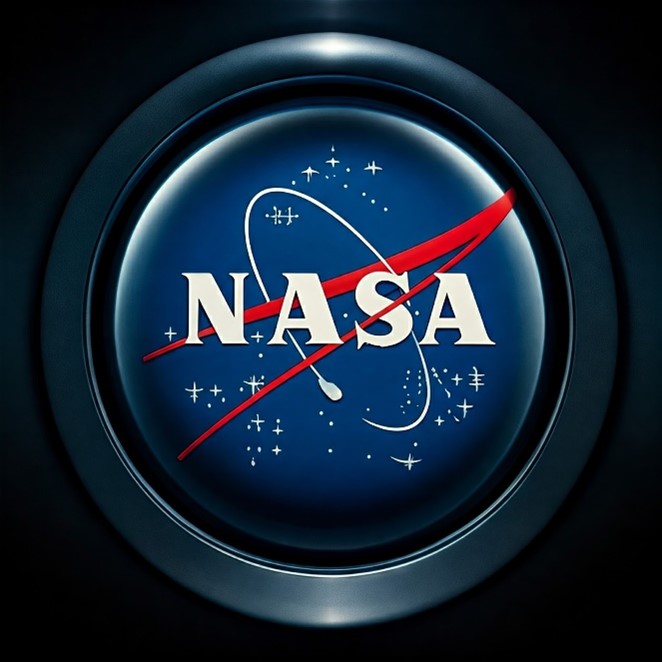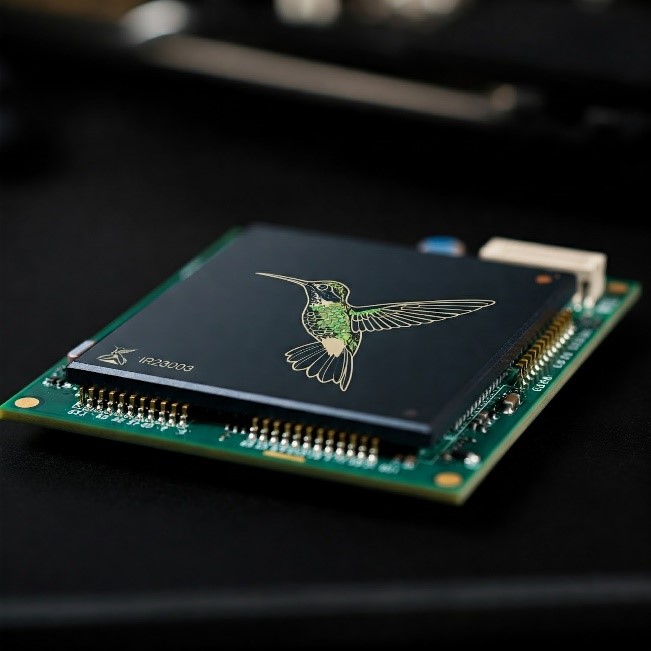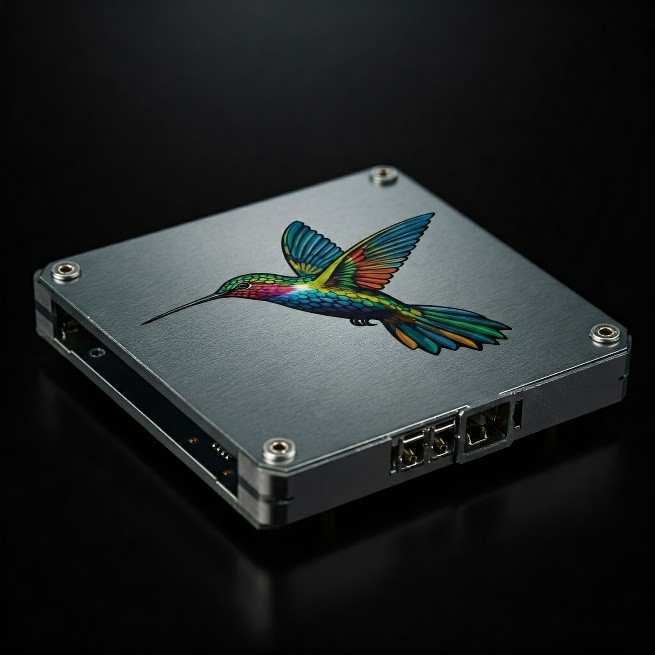IST was recently awarded a subcontract with the University of Arizona, led by Dr. Felipe Guzman, for an InVEST 23 project.
https://w3.physics.arizona.edu/person/felipe-guzman
The project focuses on the development and validation of ODIN (Optomechanical-Distributed Instrument for Inertial Sensing and Navigation), an advanced accelerometer instrument for inertial sensing and satellite navigation.


ODIN: A Smaller, Lighter, and More Affordable Tool for Measuring Earth’s Changing Mass
ODIN is a new high precision inertial measuring tool for satellite applications that is smaller, lighter, and more affordable than existing options. It can precisely track how fast a satellite is moving in a straight line and how it’s rotating, which is important for studying changes in Earth’s mass, like melting ice or shifting water. Instead of using traditional technology, ODIN uses an innovative quartz resonator and interferometry technology to enable a state of the art highly sensitive accelerometer. This makes it a more cost effective and a compact option compared to the state-of-the-art systems used to measure gravity with performances compared to the GRACE project.
https://www.jpl.nasa.gov/missions/gravity-recovery-and-climate-experiment-grace/
Benefits and Applications of ODIN
Because ODIN is smaller and lighter, it’s ideal for backup systems on spacecraft, making missions more reliable. It also helps keep costs down and allows for smaller, simpler spacecraft designs. This aligns with long-term plans for space research, which emphasize keeping projects affordable and reducing risks. Plus, ODIN could allow for groups of smaller satellites to fly closer to Earth, giving data scientists even better data on how our planet’s mass is changing over time.
Technology Readiness and Future Goals
Currently at an entry TRL-5 (Technology Readiness Level), ODIN is expected to reach TRL-7 upon successful operation in space, verifying its performance in a real-world environment.
IST’s Role in the ODIN Project
IST will support Dr. Guzman’s group specifically in electronic board and firmware development. IST’s work includes space rated electronics, fault tolerance algorithms, and advanced signal processing algorithms to enable a successful mission.
Since its inception in 2001, IST Precision has been developing and advancing the state-of-the-art in precision instrument equipment. The company’s roots lie in the Center for Precision Metrology at UNC Charlotte. Over the past two decades, IST Precision has had the privilege of developing instrumentation equipment for a wide range of projects in fields such as metrology, medical, automotive, and telecommunications.
IST’s electronic team is centered on pushing the limits of precision electronics, considering factors like environmental impact, radiation resistant electronics, radiation shielding, electronic stability, and low noise. We often utilize field programmable gate arrays (FPGAs), which allow us to achieve precise timing down to the nanosecond level or a billionth of a second. This expertise in advanced electronics has enabled us to contribute to remarkable projects such as high-speed machine vision for optical free-space communications, high-speed DNA imaging in life science, high-speed laser tracking in eye surgeries, and photon counters in cellular diagnostic tools using fluorescent microscopy. A significant portion of our work requires meticulous attention to ensure guaranteed timing with delays under 10 nanoseconds.


Technical Challenges and Solutions
While specific details are confidential, the project draws upon IST’s extensive research experience in precision instrumentation. The electronics team will design multi-redundancy and fault-tolerant systems, focusing on monitoring very low frequencies. The design will consider radiation shielding, thermal management, weight restrictions, and the use of space-qualified components. The electronics will monitor numerous signal channels, manage locking electronics during launch and orbit, and provide other diagnostic functionalities.
Project Timeline and Collaboration
The launch date is set for 2027, necessitating a compressed timeline. IST is excited to collaborate with the talented team at the University of Arizona and contribute to this important NASA mission.

